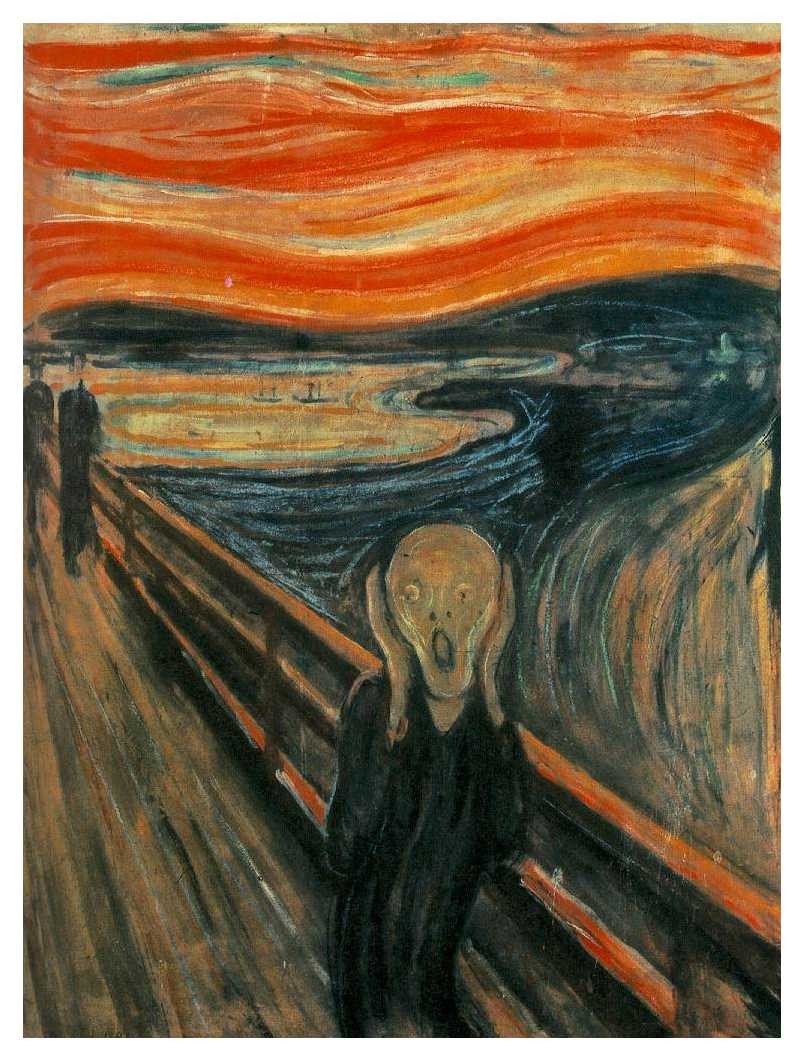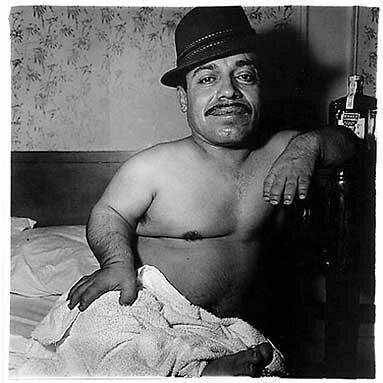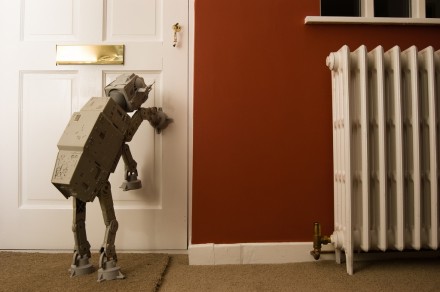


Modernism is the term to describe cultural movements which took place in the late nineteenth and early twentieth century, in the Western society. This refers to art, architecture, music, literature and applied arts that came out at this time. Modernism encouraged the re-examination of many things, including commerce to philosophy. Through examining them they aimed to find what was 'holding back' progress and found ways in which to replace it with better and more progressive ways. Believers of modernism usually rebel against 'tradiotional' forms of art, religious faith, etc. Modernist thinkers in the nineteenth century believed that daily life was becoming outdated. Some people divide the 20th Century into two movements – modernism and postmodernism. Others see them as two apects of the same movement. Some modernists believed that by rejecting traditional ideas they could discover new, radical ways of making art. Abstract artists made the assumption that colour and shape formed the essential characteristics of art. The main aspect of the modernism movement is the rejection of traditional ideas – things such as freedom of expression, experimentation and radicalism.


















